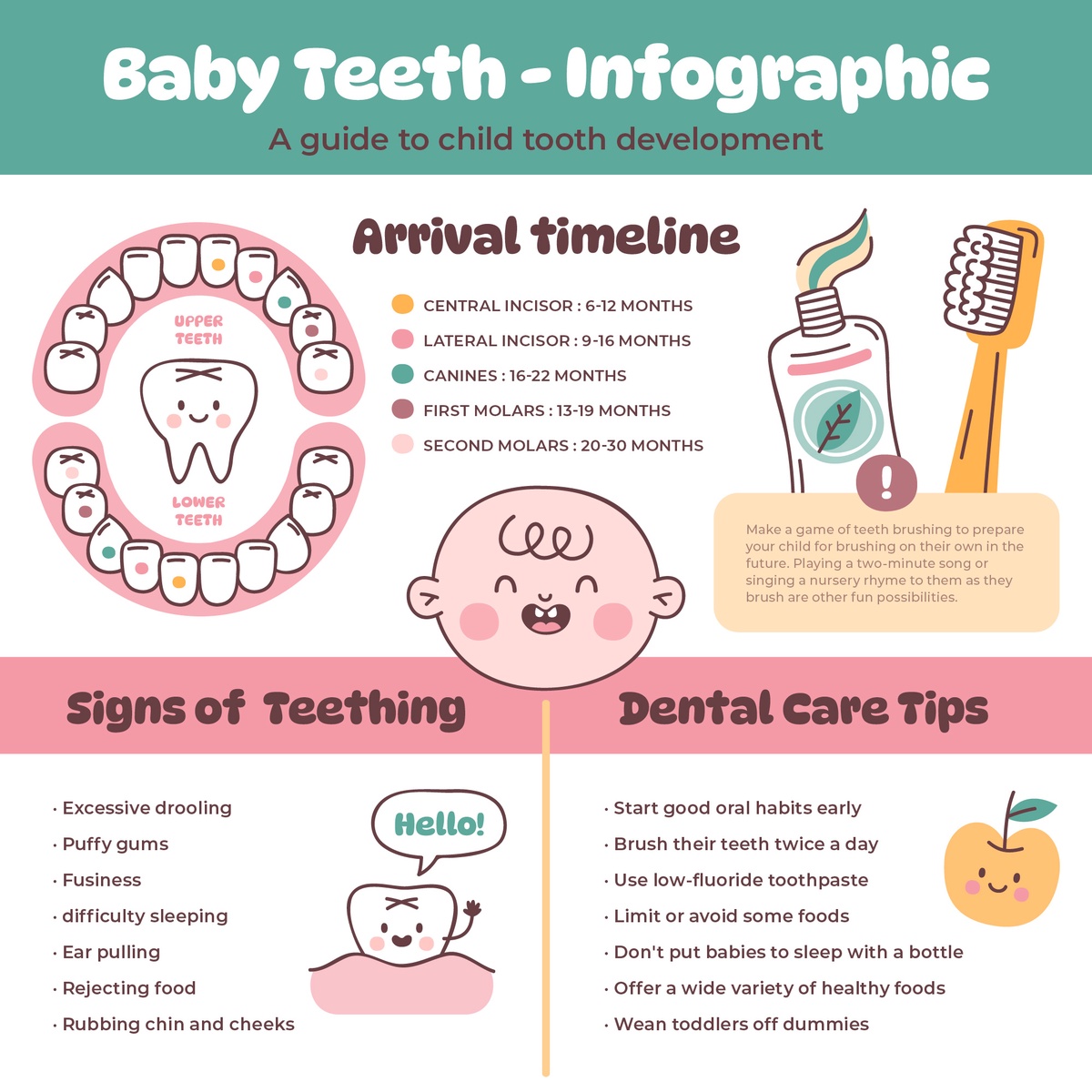Caring for your child's dental health from infancy through their preschool years can feel like embarking on a journey into uncharted territory. From the excitement of their first tooth to the challenges of encouraging proper oral hygiene habits, each stage brings its own set of milestones and surprises. But fear not! We're here to provide expert guidance every step of the way because, while children's dental health may not be as thrilling as the latest blockbuster movie, it's undeniably crucial. And who says crucial information can't be delivered with a touch of fun?
Understanding the Child Dental Benefits Schedule (CDBS)
The Child Dental Benefits Schedule (CDBS) is a government program designed to assist eligible families with the cost of essential dental services for children aged 2 to 17 years. Eligibility is based on receiving Family Tax Benefit Part A or other relevant Australian Government payments.
So, what does the CDBS cover? Think of it as a safety net for your child's dental needs, encompassing services such as check-ups, x-rays, cleaning, fillings, and more. It provides coverage up to a specified amount per child over two calendar years, ensuring that your child's smile stays bright and healthy without breaking the bank.
By taking advantage of the CDBS, you're not only ensuring top-notch dental care for your kids but also freeing up funds for more enjoyable pursuits. Imagine using the savings for a family vacation or that special toy your child has been eyeing. Now, that's something to smile about!
The Dental Journey from Birth to Age 5: A Timeline of Milestones
Birth to 6 Months
During the first few months of life, your baby's mouth is tooth-free, but don't let those gummy smiles fool you. Baby teeth are forming beneath the surface, laying the groundwork for future oral health. To establish good hygiene habits, gently wipe your baby's gums with a soft, damp cloth after feedings.
The Teething Phase: 6 Months to 1 Year
Around the six-month mark, those first teeth start making their appearance, often accompanied by fussiness and discomfort. Provide relief with chilled teething rings or gentle gum massages. Introduce a baby toothbrush with fluoride toothpaste to start building brushing habits.
1 to 3 Years
By age three, your child should have a full set of baby teeth. Make brushing a fun activity, using a pea-sized amount of toothpaste and guiding their hand. Watch their diet, limiting sugary snacks to protect their teeth from cavities.
Independence Era: 3 to 5 Years
Encourage independence in brushing while supervising their technique. This is also the perfect time for their first dental visit to ensure they're comfortable in the dentist's chair.
Preschool Years: Up to Age 5
Your child is now a brushing pro, but they still need supervision. Maintain regular dental check-ups to reinforce good habits and celebrate their successes along the way.
Common Dental Concerns in Young Children
- Cavities (Dental Caries)
Prevent cavities with regular brushing using fluoride toothpaste and limiting sugary snacks.
- Thumb Sucking
Address prolonged thumb sucking with patience and positive reinforcement.
- Teething Troubles
Ease teething discomfort with chilled teething rings or clean washcloths for them to chew on.
- Baby Bottle Tooth Decay
Combat decay by transitioning from bedtime bottles to cups and encouraging water consumption.
Establishing Oral Hygiene Practices
-
Choose the Right Tools: Use a soft-bristled baby toothbrush and fluoride toothpaste in appropriate amounts.
-
Brushing Time: Brush teeth twice daily using gentle circular motions, paying attention to all surfaces.
-
Mastering the Technique: Hold the brush at a 45-degree angle to the gums and use gentle strokes.
-
Rinse and Spit: Encourage spitting out toothpaste without rinsing to leave fluoride protection on the teeth.
-
Regular Toothbrush Replacement: Change toothbrushes every three to four months to maintain effectiveness.
Embracing Routine Check-Ups
Regular dental check-ups are essential for preventive care and early detection of issues. Modern pediatric dentistry ensures visits are enjoyable and fear-free, setting the stage for a lifetime of good oral health habits.
In Conclusion...
Navigating your child's dental health journey from infancy to preschool years may have its challenges, but with the right knowledge and guidance, you can ensure their smiles stay bright and healthy for years to come. By understanding the Child Dental Benefits Schedule, establishing good oral hygiene practices, and embracing routine check-ups, you're setting the stage for a lifetime of healthy smiles.


No comments yet